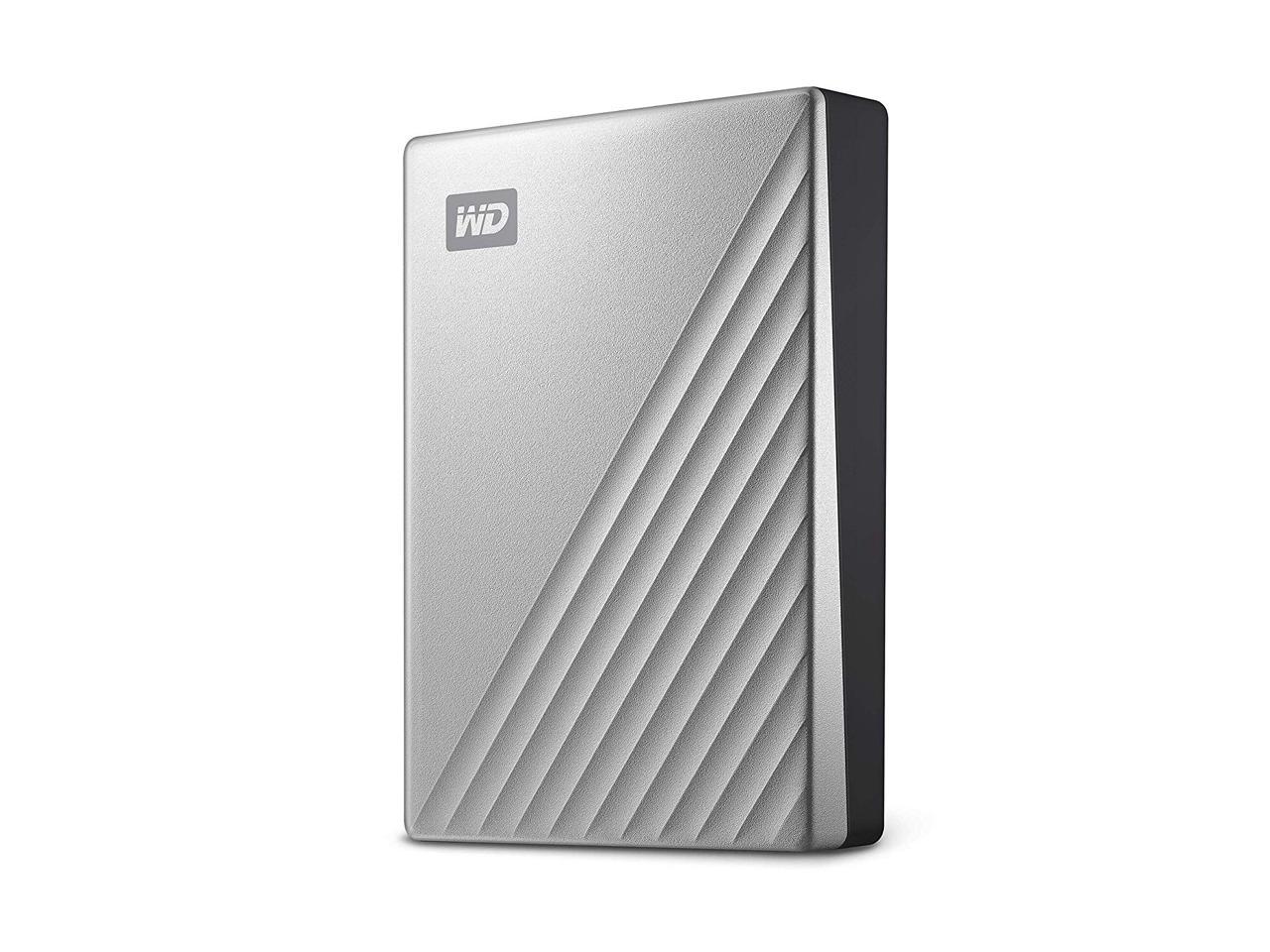

- #Wd external hard drive mac formating how to#
- #Wd external hard drive mac formating for mac#
- #Wd external hard drive mac formating mac os x#
- #Wd external hard drive mac formating mac os#
- #Wd external hard drive mac formating full#
#Wd external hard drive mac formating how to#
Simply so, How to format WD external drive for Mac? Click Apply and Proceed to commit operation.
#Wd external hard drive mac formating mac os#
#Wd external hard drive mac formating for mac#

For example, you might want more storage for your Mac than you do for your PC. Click the + sign to add a second partition, then drag the lines to adjust the size of each partition. Select the drive from the left sidebar, then click the Partition tab. To do that, connect the empty external HD to your Mac and launch Disk Utility. You won't be able to write to the Mac side from your Windows computer, and vice versa, but it's a good solution for people who want all the advantages each format has to offer for its respective system. For example, if you have a 1TB hard drive, 500GB of storage can be used with your Windows computer, and 500 will be dedicated to your Mac computer. This solution is a little different than the previous two because instead of having one hard drive that works with both machines, you're splitting your HD into two sections, each dedicated to a different OS. Option 3: Create two partitions on your hard drive to use with each OS, separately. You aren't stuck with your drive formatted for one platform forever. With it installed, you'll be able to read/write to APFS drives on a Windows PC. Option 2: Format to APFS and use a different Paragon appĬonversely, you can format the HD to APFS and use Paragon's APFS for Windows to read and write to the Mac-formatted hard drive. It's $20, and is compatible with all Macs, even the more recently announced M1 Macs. In order to enable read/write access, you'll need to purchase a third-party solution such as Paragon NTFS. In other words, you can look at files saved on the drive, but you can't save any new files from your Mac. If you keep your hard drive's out-of-the-box NTFS format, you'll be able to read the drive when it's connected to a Mac, but you won't be able to write to it. Option 1: Format to NTFS and buy this app for your Mac The alternative solutions do require more tinkering. The good news is, it's not exFAT or nothing. OK, what are my alternatives to using exFAT? And the same can be said for a Windows HD, if you only plan on connecting it to a PC, then NTFS is the way to go. However, if you plan on only using a drive on your Mac and it has MacOS High Sierra or newer installed, you'll want to stick to Apple's APFS format. And if that's how you plan on using your drive, then you're right - exFAT is the way to go. It comes down to which OS are you going to use the drive with?Īccording to the list above, formatting your hard drive to exFAT so that you can read and write on either a PC or Mac seems like the obvious solution.

Natively read/write HFS+ on MacOS High Sierra and newer.Required for local Time Machine backupsĪPFS (Hierarchical File System, aka Mac OS Extended).
#Wd external hard drive mac formating mac os x#
#Wd external hard drive mac formating full#


 0 kommentar(er)
0 kommentar(er)
